Judging by its H1 2022 numbers, Cadbury Nigeria Plc seems to have made a turnaround. Analysts note that the chocolate maker’s performance surpassed earlier analysts’ predictions.
Cadbury saw a revenue rise of +50.54% in H2 2022 due to rising domestic and foreign sales. The company’s top and bottom-line growth showed a reversal of its previous sombre performance.
The company’s liquidity fell as its current ratio tumbled from 1.47 in H1 2021 to 1.3 in H1 2022, indicating a minor deterioration in liquidity. The cash component of current assets saw an improvement in H1 2022.
However, the maker of Bournvita, a popular Cocoa-based beverage, saw its trade payables (credit amount) rise at a slower pace of +51.16% (N11.94bn) compared to trade receivables (debtor amount) growth of +84.01%.
Key Highlights
- Cadbury Nigeria Plc. recorded an increase in revenue with a year-on-year (Y-o-Y) growth of +50.05% from N18.52bn earned in H1 2021 to N27.88bn in H1 2022.
- Cost of sales grew +34.74% Y-o-Y rising from N16.34bn in H1 2021 to N22.02bn in H1 2022.
- The beverage maker saw an increase in Profit Before Tax (PBT) from a loss of N516m in H1 2021 to a profit of N3.34bn in H1 2022
- The company recorded an increase in finance costs which grew by +264.33% rising from N56.37m in H1 2021 to N205.36m in H1 2022
- However, the company recorded an even greater Y-o-Y increase in finance income with an increase of +429.98% from N93.79m in H1 2021 to N497.05m in H2 2022
- Profits after tax recorded a Y-o-Y increase from a loss of N516.17m in H1 2021 to N2.34bn in H1 2022
- Assets grew by +29.63% from N41.51bn in H1 2021 to 53.81bn in H1 2022
- Earnings Per Share (eps) rose from a negative N27.48 in H1 2021 to a positive N124.68 in H1 2022
Share Price Movement: Sustained Spikes in Q2
Year-to-date (YTD) Cadbury’s share price showed strong upward movement in H1 2022. Analysts noticed a strong correlation between Cadbury’s share price movement, and the NGX All Shares Index (ASI). At the beginning of H1 2022, both indicators saw a flat crawl with no major increase or decrease. Notably, the share price of Cadbury rose strongly by May with an increase of +77.38% from N8.8 per share in April to N14.9 per share in May 2022 and sustained the movement till June when it reached a peak of N17.25 per share. The spike was due to robust earnings in Q1 and H1 2022, encouraging investors to go long and increase the demand for the company’s shares.
As of H1 2022 (year-to-date) return of the stock was +96.02% compared to a +14.32% increase by the NGX ASI indicating a stronger performance (See chart below).
Cadbury Nigeria Plc's share Price Movement Vs. NGX ASI (H1 2022)
However, in comparison with the consumer goods sector Index for H1, 2022 similar movement between the two indexes was evident. However, analysts observed that both indicators remained flat at the beginning of the year, and rose by the middle of H1, with the share price of Cadbury rising steadily as it surpassed the consumer goods sector Index at the end of H1. As of H1 2022 (year-to-date) return of the Consumer goods (CG) index was +12.89% which was lower than that of Cadbury’s share price growth (see chart below).
Cadbury Nigeria Plc's share Price Movement Vs. NGX Consumer Goods Sector Index (H1 2022)
Revenue
Cadbury recorded its highest revenue in the last four years in H1 2022. The company’s revenue growth has risen steadily from a 2020 decline of -18.15% from N19.45bn in H1 2019 to N15.92bn in H1 of 2020. Analysts ascribe the decline to an economic shutdown caused by the COVID-19 pandemic. Nevertheless, the H1 revenue rose by +50.54% from N18.52bn in H1 2021 to N27.88bn in H1 2022 as they recorded an increase in both domestic and export sales, with an increase of +51.59% and +24.62% respectively (See chart below).
Cadbury Nigeria Plc. Revenue H1 2019- H1 2022 (N'bn)
Profit Before Tax (PBT)
The manufacturer increased revenue and profit before taxes for H1 2022. Analysts note that before 2021 the company’s PBT declined by -19.89% from N0.97 in 2019 to N0.77m in 2020 and recorded a loss of N516m in 2021. The decline was worsened due to the COVID-19 pandemic. However, Cadbury was able to recover posting a PBT of N3.35bn in 2022, a +554% increase from H1 2021, the highest ever in the last four years as sales of the company increased (See chart below).
Cadbury Nigeria Plc. Profit Before Tax (PBT) H1 2019- H1 2022 (N'bn)
Leverage Ratios
Debt-to-Equity ratio
Cadbury experienced a steady increase in debts and assets, with debt increasing at a faster pace. The company has recorded a steady rise in debt-to-equity over the last four years, suggesting that it has financed a significant amount of its growth through borrowing, thereby increasing its leverage vulnerability. The chocolate makers leverage ratio exceeded 2 in 2021 indicating potential cashflow pressure as most of its asset is debt financed. As of H1 2022 the company recorded a debt-to-equity ratio of 2.58 indicating N2.58 in debt for every N1 of shareholder’s equity (See chart below).
Cadbury Nigeria Plc. Debt to Equity ratio H1 2019- H1 2022 (N’bn)
Debt-to-asset ratio
The company’s debt-to-asset ratio increased modestly in the last four years, as number crunchers observed that in H1 2022 the company recorded a debt-to-asset ratio of 0.72 indicating that it had 72k debt for every N1 of assets. In comparison, in H1 2021 the company had a debt of 69k for every N1 of assets. The steady rise in debt has raised eyebrows as analysts draw their breath (See chart below).
Cadbury Nigeria Plc. Debt-to-Asset ratio H1 2019- H1 2022 (N’bn)
Asset Turnover Ratio
Cadbury’s Asset Turnover Ratio improved to 0.52 in H1 2022 from 0.45 in H1 2021 reflecting greater efficiency in the operations of the beverage maker. While Assets grew by +30% over the period from 41.5bn in H1 2021 to 53bn in H1 2022, revenue grew by +50%. Observers believe Cadbury can improve on efficiency given that the Asset Turnover ratio of 0.52 falls below its four-year average of 0.55 (see chart below).
Cadbury Nigeria Plc. Asset Turnover Ratio (N'bn) H1 2019 -H1 2022
Interest Coverage Ratio
Cadbury’s ability to meet its debt servicing obligations with available liquidity improved in H1 2022 against H1 2021. The fast moving consumer goods company (FMCG) posted an Interest coverage ratio of 13.87X in H1 2022 as Profit Before Interest and Tax (PBIT) grew by +70.9% smoothening out the impact of rising finance costs (see chart below).
Cadbury Nigeria Plc. Interest Coverage Ratio H1 2019 - H1 2022
Current Ratio
The Current Ratio of Cadbury in H1 2022 fell from 1.47 in 2021 to 1.3, indicating a slight deterioration in liquidity. The +38.68% increase in current assets was dwarfed by the +56.25% growth in current liabilities and resulted in a drop in liability coverage.
The current ratio declined to 1.37 during the COVID-19 pandemic. Short-term liquidity was better in H1 2019 when the current ratio was 1.61 as current liability was about half of current assets (see chart below).
Cadbury Nigeria Plc. Current Ratio (N'bn) H1 2019 -H1 2022
COMPETITORS ANALYSIS
Debt-to-equity ratio
The FMCG sector has run fast and loose with inflation and supply chain bottlenecks raising prices. Industry competition has been fierce with tightened consumer real spending and escalating logistic costs. Analysts note that Nestlé Nigeria has a much higher debt-to-equity ratio in comparison to Cadbury for H1 2022 as it has a debt of N11.02 for every N1 in equity compared to Cadbury’s N2.58 per N1 in equity. Nestle appears to be at least five times more leveraged than Cadbury. Is this bad for Nestle? Not necessarily the company’s return on equity (RoE) should be higher than that of Cadbury’s, leaving shareholder’s with smiles tempered by a cautious glance over their shoulders at the steepness of the company’s debt pile.
Interest coverage ratio
Meanwhile, analysts noted that Nestlé had a high H1 2022 interest coverage ratio, implying that its Profit Before Interest and Tax (PBIT) could adequately its interest payments. Both companies showed a current ratio above 1 indicating that their current assets exceed their current liabilities allowing them to meet their financial obligations.
Acid Test ratio (quick ratio)
Nestlé had a H1 2022 quick ratio of 0.79 and Cadbury 0.95, both figures settling lower than their current ratios suggesting that their current assets are highly dependent on inventory. High inventories could reflect slow moving sales or high storage of raw materials to ease future inflationary pressure on production costs.
Earnings per Share (eps)
Cadbury saw a H1 2022 eps of N124.68. Nestlé, on the other hand, had a lower eps of N35.01 suggesting lower earnings return per share. The lower return of Nestle may indicate a slower pace of upward price adjustments in coming months.
Price-to-Earning ratio (PER)
On the other hand, Nestlé possessed a higher price-to-earnings ratio (PER) for H1 2022 of 39.99 indicating that its stock price was high relative to its recent earnings. Cadbury has the unusual situation of a PER below one. The reason could be due to extreme investor apathy towards the stock, regardless of improved earnings. Investors appear unconvinced about the FMCGs earnings sustainability. The slow investor response to Cadbury’s H1 2022 revenue and profit turnaround could present hidden value opportunities.
End Note-From the Jaws of Trouble
Cadbury Nigeria Plc. appears to be edging out of its legacy problems with a happier financial outlook from H1 2022. Q1 2022 may have been less auspicious than investors would habe preferred, but the company made up for this in Q2 2022, thereby giving the H1 2022 numbers their attractive complexion.
However, with increased debt levels analysts are still worried by the sustainability of Cadbury’s H1 2022 performance. The management appears to have snatched the confectioner from the jaws of operating trouble, but how long this lasts is to be seen.
The financial outlook for the company needs to be placed in the context of macroeconomic events in Nigeria, particularly rising inflation and domestic lending rates. The Central Bank of Nigeria’s (CBN’s) tight 2022 monetary policy would make interest rates sticky upwards and raise finance costs for the FMCG company.
With softer consumer spending rising finance cost and relative high leverage, Cadbury Plc has done well to turn a Profit in H1 2022, but how long the company stays out of the jaws of adversity, will be a matter of skillful corporate governance, an auspicious improvement in the macroeconomic environment, and a dogged insistence on staying ahead of disruption.
 Lagos, NG • GMT +1
Lagos, NG • GMT +1











 2724 views
2724 views












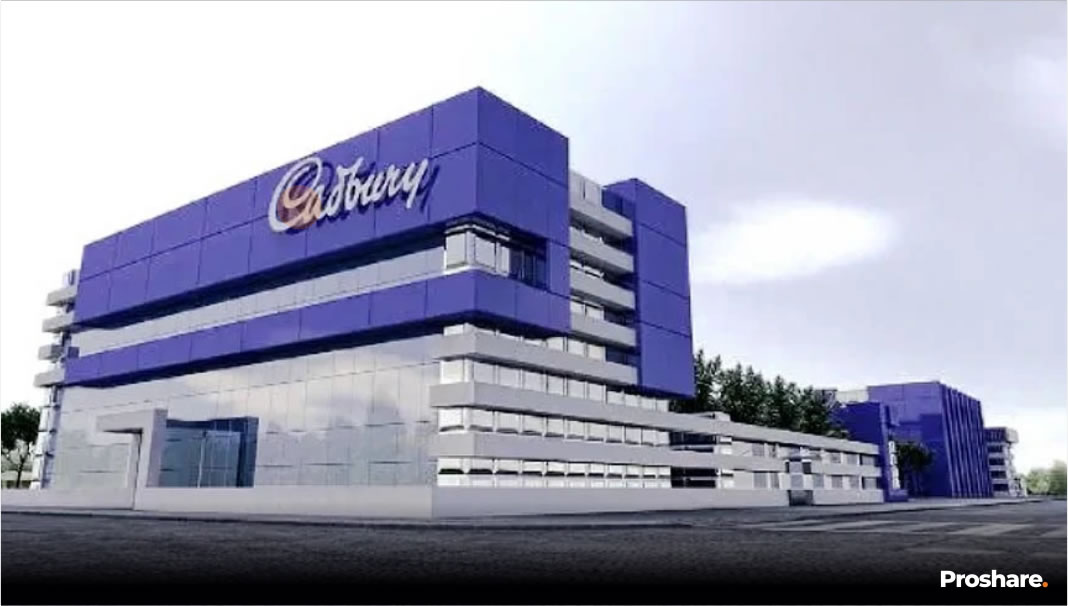
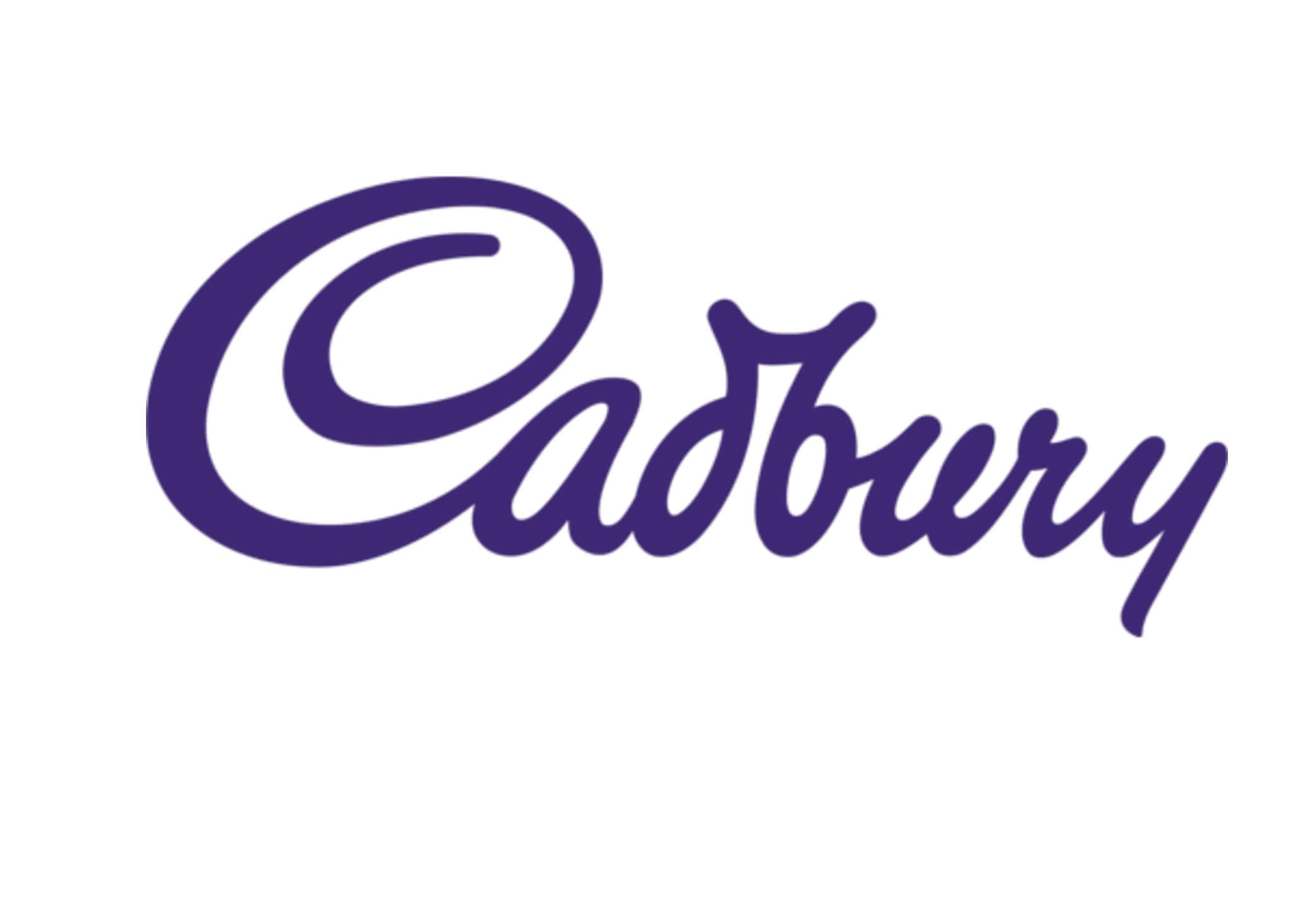
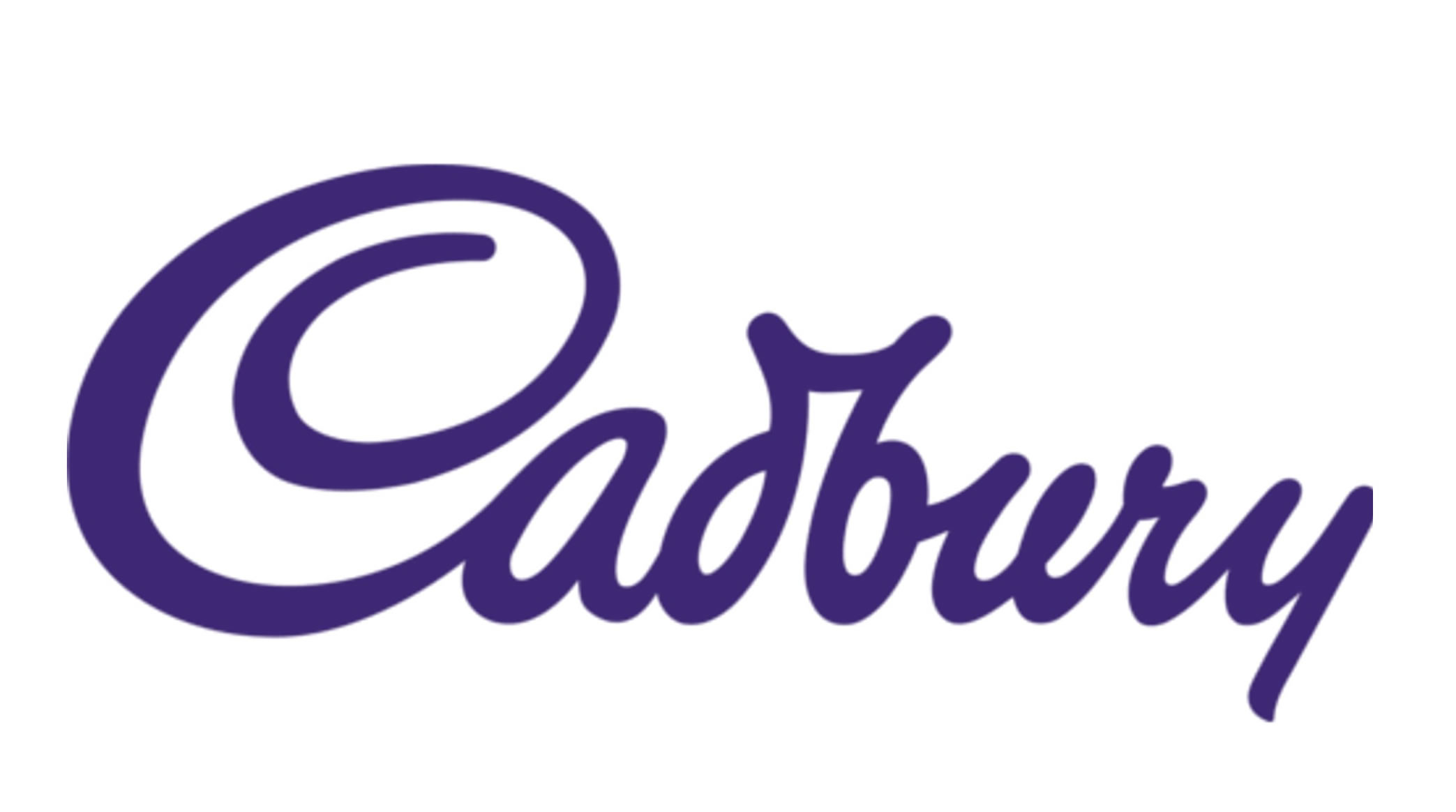
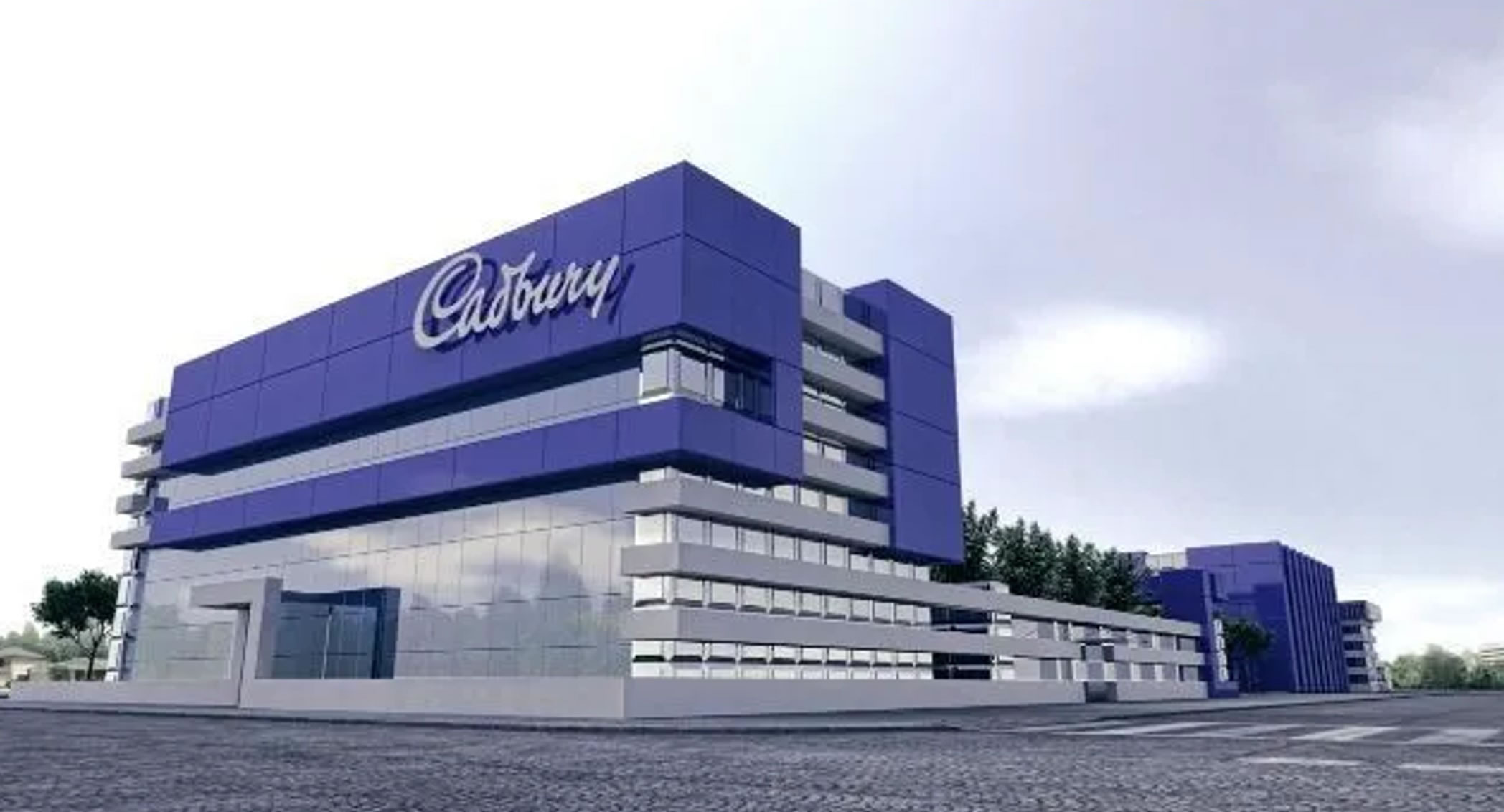
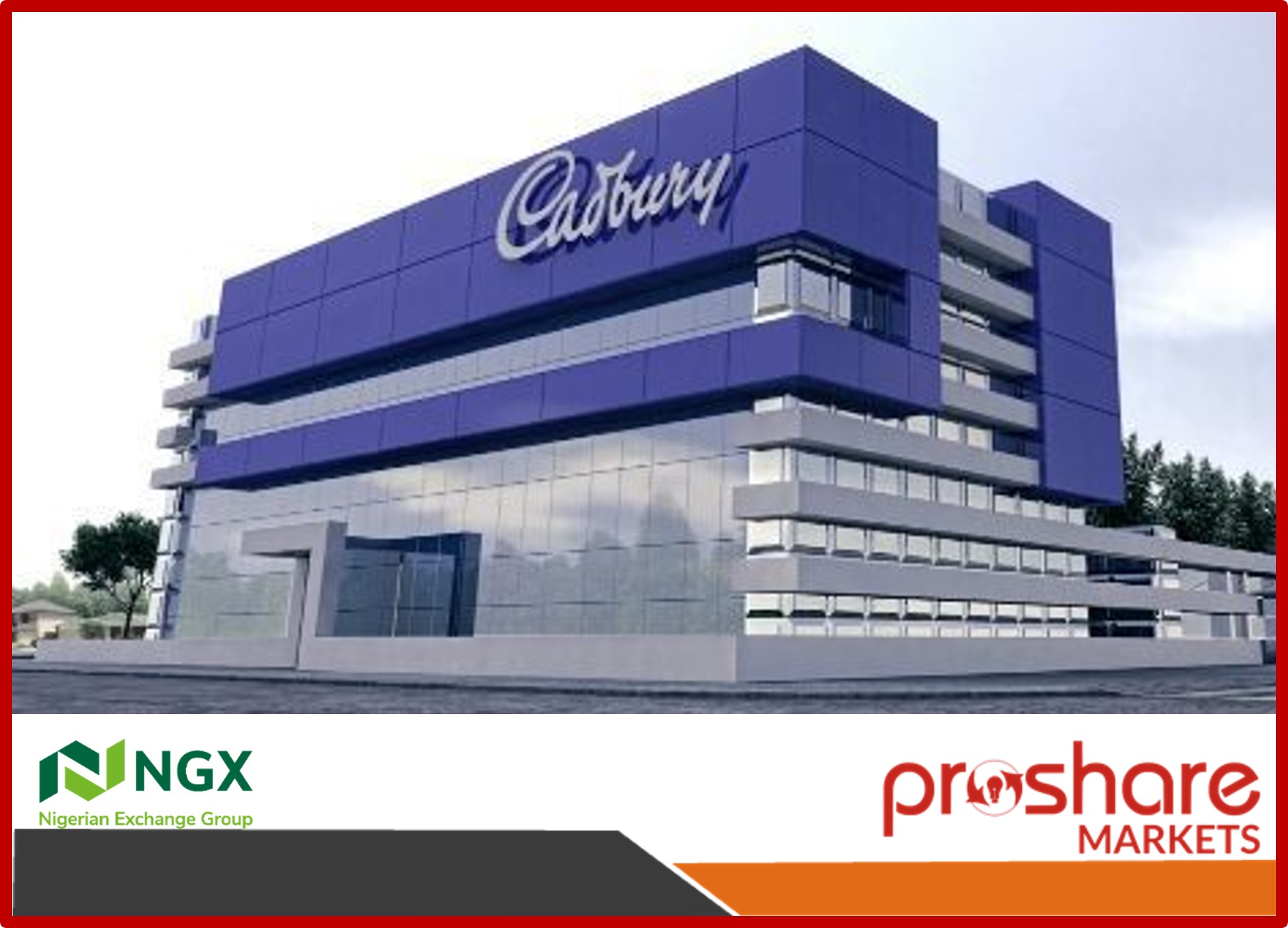
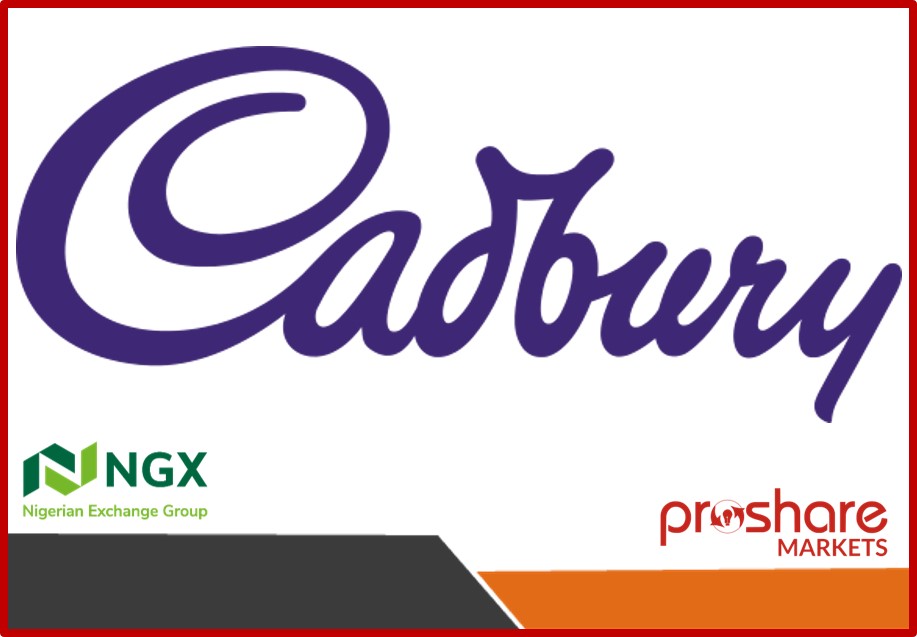
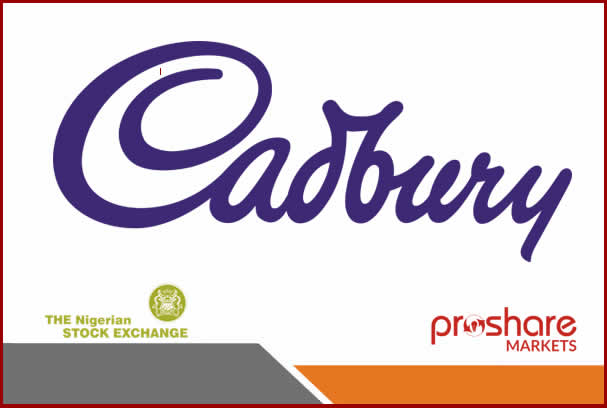
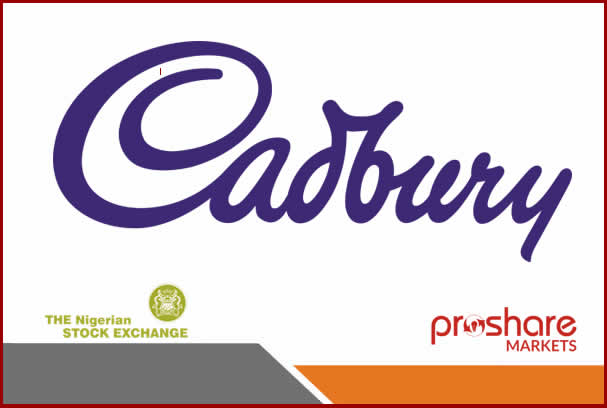
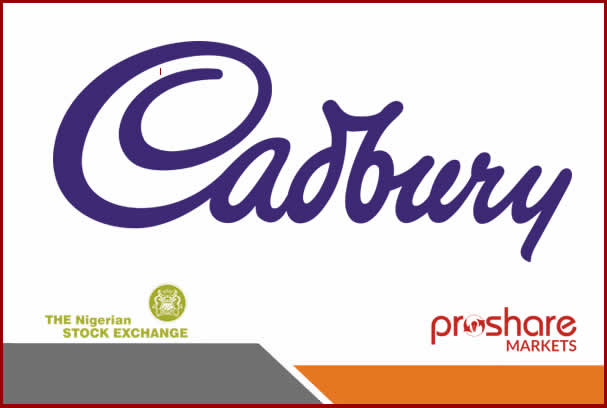

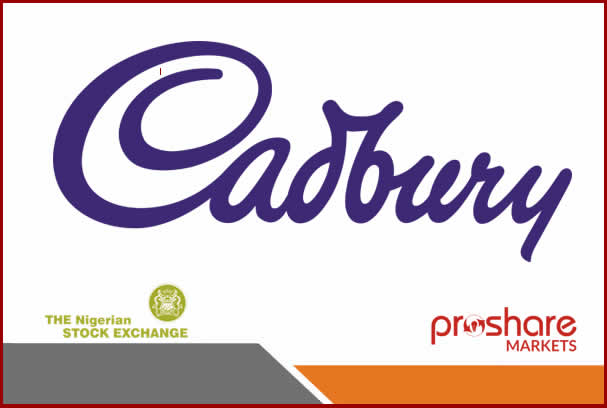
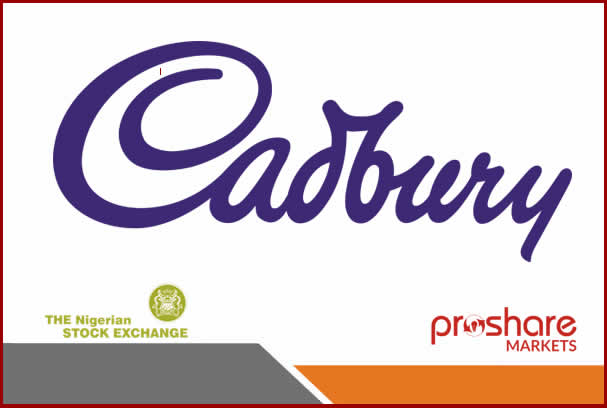
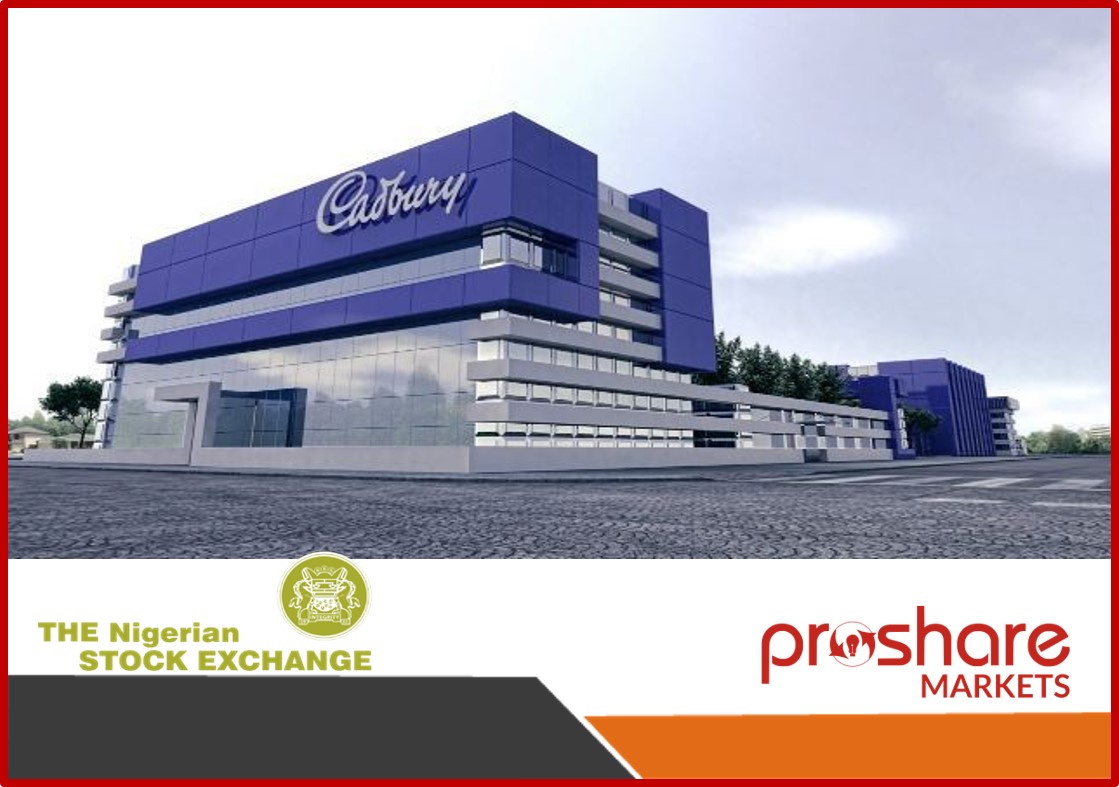





 Sponsored Ad
Sponsored Ad
 Advertise with Us
Advertise with Us









